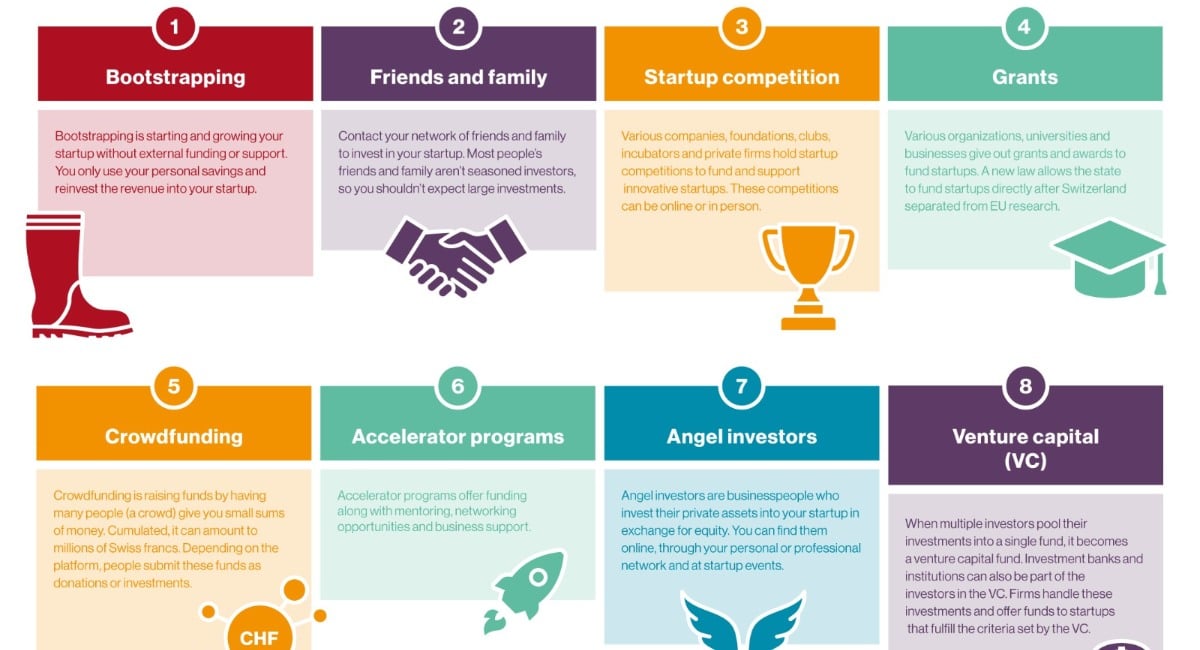
Fundrise Withdrawals What You Need to Know
Understanding Fundrise’s Withdrawal Process
Fundrise, a real estate investment platform, offers a unique approach to investing. Unlike traditional brokerage accounts, accessing your money isn’t instantaneous. Fundrise investments are tied to underlying real estate assets, meaning liquidity isn’t as immediate as with stocks or bonds. Instead of direct withdrawals, Fundrise offers a system of selling your shares back to the platform. This process involves a waiting period and is subject to certain conditions, as detailed below.
The Fundrise Secondary Market
Fundrise’s primary method for withdrawing funds is through its secondary market. This internal marketplace allows investors to sell their shares to other investors. Fundrise doesn’t buy back shares directly, but rather facilitates transactions between investors. The price at which your shares sell depends on supply and demand within the market. This means you may not receive the exact amount you initially invested, as share prices fluctuate. While convenient, relying on the secondary market can be unpredictable; there’s no guarantee your shares will sell quickly or at a desired price.
Factors Affecting Secondary Market Prices
Several factors influence the price of your shares on Fundrise’s secondary market. Fund performance plays a significant role; strong performance usually attracts buyers, leading to higher prices. Conversely, poor performance can depress prices, making it harder to sell your shares or resulting in a lower sale price. Market conditions also play a part. Periods of economic uncertainty or decreased investor interest may negatively impact share values. The overall demand for shares within a specific Fundrise offering will affect liquidity as well. High demand generally results in faster sales and potentially better prices.
Withdrawal Fees and Expenses
While Fundrise doesn’t charge a direct withdrawal fee, there are potential expenses to consider. The secondary market itself involves a transaction fee, typically a small percentage of the sale. This fee covers the platform’s facilitation of the sale between investors. Additionally, any capital gains taxes you owe will be your responsibility, depending on your investment gains and your individual tax circumstances. It’s advisable to consult a tax professional to understand the tax implications of selling your Fundrise shares.
The Importance of Patience
Selling shares on the Fundrise secondary market requires patience. It’s not like a regular brokerage account where you can sell instantly. Depending on market activity and the demand for the specific eREIT or fund, the process might take anywhere from a few days to several weeks or even months. Setting realistic expectations and not needing immediate access to your funds is crucial when investing in Fundrise. Don’t invest money you expect to need in the short term.
Alternative Withdrawal Scenarios: Dividends and Distributions
While the secondary market is the typical route for withdrawing funds, Fundrise also offers another avenue: dividends and distributions. Many Fundrise offerings generate income from the underlying real estate assets. This income is periodically distributed to investors as dividends. This isn’t a withdrawal in the traditional sense, as you are not selling your shares, but it does provide cash flow from your investment and can be









